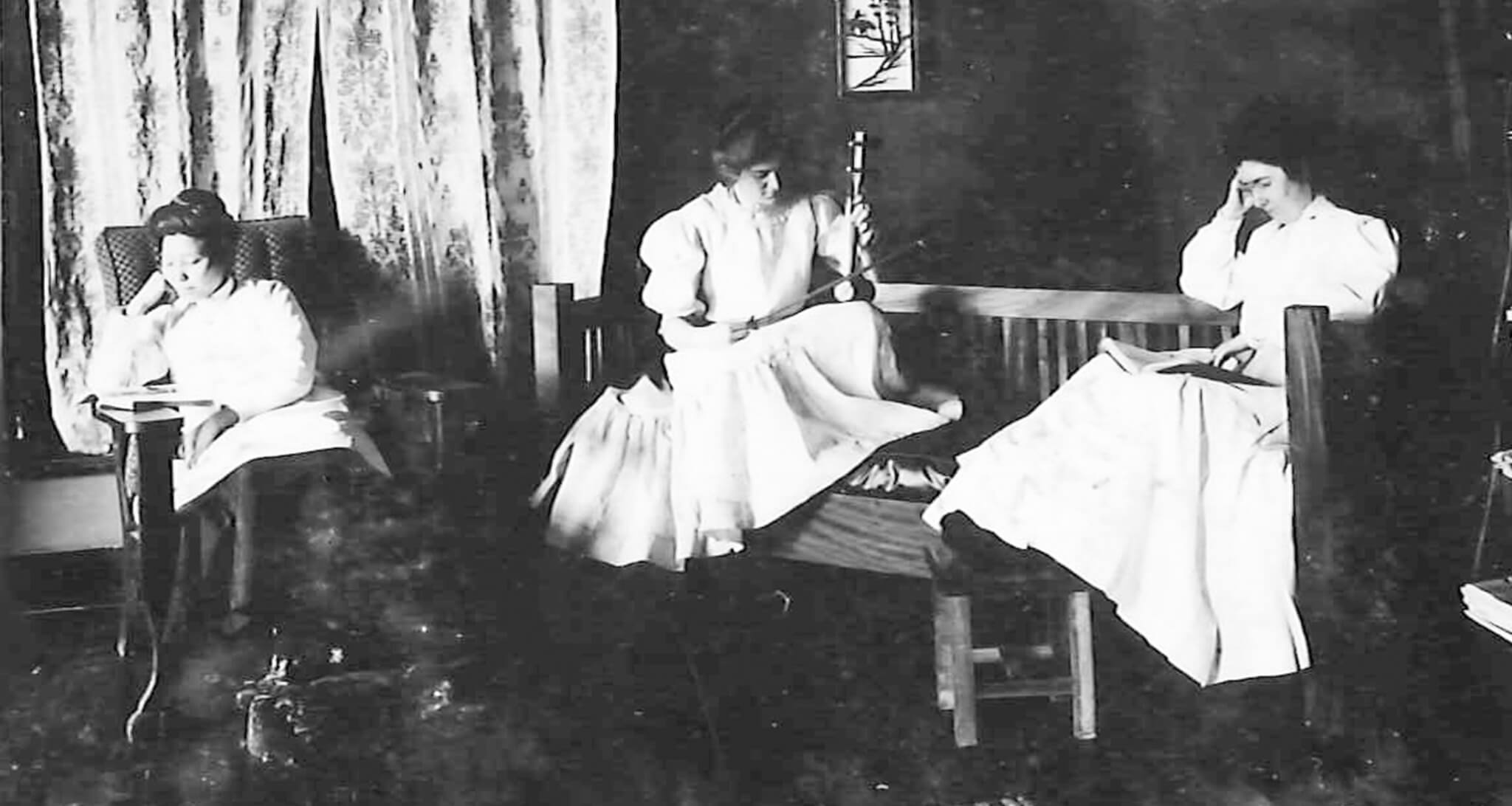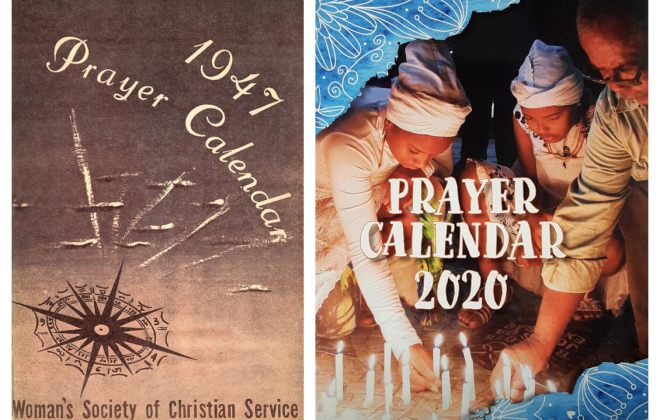
Lesson 2: Distance need not be a barrier
By David W. Scott
April 2020 | ATLANTA
Second in a three-part series.
Amid the disruptions caused by the coronavirus, people experience disorientation as they seek new ways to maintain spiritual and social connections. We present this series of reflections to share lessons we can learn from missionaries to navigate these new settings, since missionaries literally make a career out of navigating new and unknown settings.
In the previous reflection, I offered a lesson from missionaries on maintaining regular spiritual practices to stay connected to God.
In this reflection, we’ll look at how communication and mutual prayer can keep us connected to our social support networks, even when we are physically distant.
Becoming a cross-cultural missionary involves traveling to a new place away from loved ones and other social support networks. It takes time to build new social networks in unfamiliar settings. This means that missionaries sometimes experience loneliness, at least early in their time of service. Loneliness can take a toll on our emotional, spiritual and even physical health.
In the face of this distance from loved ones, missionaries maintain relationships through regular communication (via a variety of forms) and through mutual prayer.
Separation is still a challenge for missionaries but staying connected was an even greater challenge in previous centuries since people lacked the communication infrastructure we have now. Missionaries who lived through the telecommunication revolution of the past two or three decades have talked about the amazing transformation new technologies, like low-cost international calling, email and more recently, video conferencing, have made for their sense of connection to loved ones back home.
Yet, even in previous centuries, missionaries were prolific communicators. They sent many letters to loved ones, exchanging news and words of affection. One scholar found that for single women missionaries serving in China, their most regular correspondents were their mothers – a sign that emotional connection was the most important reason missionaries wrote to others.1
Missionaries have sent and received not only letters, emails and phone calls, but also gifts, especially for important holidays. While international postage made sending packages expensive, there are many records of missionaries exchanging Christmas gifts with their families and home congregations.
In addition, missionaries and their families, friends and fellow church members have long prayed for one another, and this also has been an important way of keeping those supportive connections alive. Knowing that someone is praying for you can be very comforting, even if you are unlikely to see that person face-to-face. The Minnesota Annual Conference, for instance, recommends that its member churches support their missionary partners “[w]rit[ing] to your missionary and let[ting] them know you are praying for and thinking of them.”2 The United Methodist Women’s “Prayer Calendar” has been a significant way in which people have prayed for missionaries since 1939.

While the struggle with loneliness and separation was and still is real for missionaries serving far from loved ones, the effects of communication, gift-exchanges and mutual prayer are tangible as well, sometimes dramatically so. Editors of the missionary magazine “Malaysia Message” once remarked:
“Two persons may belong to the same church and meet together and engage in acts of worship every week, and still know nothing about Christian fellowship. They may live under the same roof, sit down at the same table every day, and unite in family worship, and still be ignorant of the meaning of Christian fellowship. On the other hand, two Christians may be separated by the rolling ocean, and not see each other’s face in the flesh for years together, and yet enter into true Christian fellowship with each other.”3
This writer hits on an important spiritual truth: our connections to God and each other are not limited by geography. Love crosses all boundaries.
In a similar way, the separation and loneliness that come from social distancing and self-isolation brought on by the coronavirus are real. But they don’t mean the end of social connections that are vital for sustaining us emotionally, spiritually and in other ways.
Like missionaries throughout history, we, too, can communicate regularly with our loved ones – we can video chat, but we can also text, write emails and even send letters. Even if we are not able to gather with loved ones for Easter or other important holidays, we may still exchange gifts. And we can always pray for those we love, let them know we are praying for them and ask them to pray for us.
In these ways, we can discover what many missionaries discovered before us: even when we do not see each other face-to-face, we may still have “true Christian fellowship,” feel one another’s love and be built up by that fellowship and love.
In the next reflection, I will focus on how concrete acts of service help us cultivate a sense of compassion that keeps us connected to the world around us.
Dr. David W. Scott is a mission theology consultant with Global Ministries.
1Jane Hunter, The Gospel of Gentility: American Women Missionaries in Turn-of-the-Century China. (New Haven, CT: Yale University Press: 1984), 57.
2Lyndy Zabel, “Supporting our missionaries,” Minnesota Annual Conference of The United Methodist Church, https://www.minnesotaumc.org/blogdetail/supporting-our-missionaries-7278720, accessed March 26, 2020.
3Untitled article, Malaysia Message, August, 1903.

